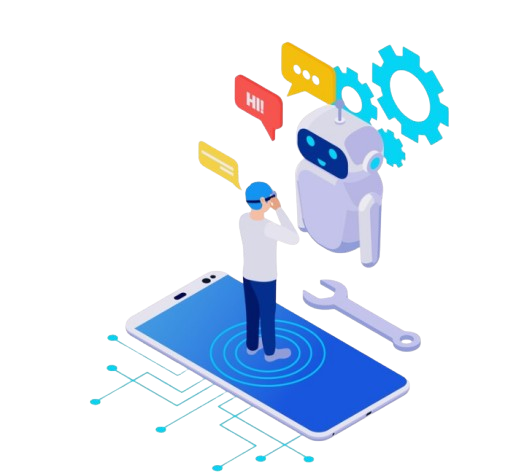The digital landscape underpins nearly every facet of modern life. From online banking and e-commerce to cloud-based collaboration and social interaction, our reliance on interconnected systems fosters undeniable convenience. However, this interconnectedness also presents a growing threat: cybercrime. In 2024, cyberattacks have become increasingly sophisticated, targeting individuals and organizations with ever-evolving tactics.
This blog post serves as a comprehensive resource for fortifying your digital defenses and navigating the online world with confidence. By understanding the evolving threat landscape and implementing robust cybersecurity practices, you can significantly mitigate the risk of compromise and safeguard your valuable information.
Understanding the Cyber Threat Landscape
The first step towards effective cybersecurity is a clear comprehension of the adversary. Here’s a breakdown of some prevalent cyber threats:
Phishing Attacks: Deceptive emails or messages meticulously crafted to impersonate legitimate entities, designed to trick recipients into divulging sensitive information such as login credentials or financial details.
Malware: Malicious software that surreptitiously infiltrates devices, often through unsuspecting downloads or compromised links. Malware can range from data-stealing Trojans to disruptive ransomware that encrypts files and demands a ransom for decryption.
Social Engineering: A psychological manipulation tactic that exploits human trust and vulnerabilities to trick individuals into compromising security protocols or sharing sensitive information.
Building a Robust Cybersecurity Posture
Awareness of threats empowers proactive defense. Here are some fundamental cybersecurity practices to incorporate:
Strong Passwords and Multi-Factor Authentication (MFA): Implement robust password hygiene by creating unique and complex passwords for each online account. Further bolster security by enabling MFA wherever available. This adds an extra layer of verification, typically involving a code sent to your phone, to prevent unauthorized access even if login credentials are compromised.
Software Updates: Outdated software frequently harbors exploitable security vulnerabilities. Regularly update your operating systems, applications, and firmware to ensure these vulnerabilities are addressed promptly. Patch management becomes even more critical within an organizational setting.
Public Wi-Fi Cautions: Public Wi-Fi networks are inherently less secure than private networks. Avoid accessing sensitive information on public Wi-Fi, and consider utilizing a Virtual Private Network (VPN) for enhanced protection when using untrusted networks.
Scrutinize Before Clicking: Exercise caution with links and attachments, even if they appear to originate from a known source. Phishing emails are often meticulously crafted to appear legitimate. When in doubt, verify the sender’s identity through a separate channel before clicking.
Device Security: Utilize strong passwords, PINs, or biometric authentication to secure your devices. Encrypt sensitive data whenever possible to further safeguard information in case of device theft or loss.
Cybersecurity for All
Cybersecurity isn’t the exclusive domain of IT professionals. Here are some additional tips for everyone:
Scrutinize Online Offers: Approach online deals with a healthy dose of skepticism. If an offer appears overly enticing, it likely is. Be wary of online scams and giveaways.
Data Backups: Regularly back up your critical data to an external drive or cloud storage solution. In the unfortunate event of a cyberattack, having a recent backup can expedite recovery efforts and minimize disruption.
Staying Informed: The cybersecurity landscape is constantly evolving. Stay abreast of the latest threats and best practices by following reputable cybersecurity resources. Consider subscribing to security advisories from trusted vendors and organizations.
A Shared Responsibility
It’s crucial to recognize that cybersecurity is a collaborative effort. By following these measures and fostering a culture of cybersecurity awareness, individuals and organizations alike can significantly bolster their digital defenses and create a more secure online environment. By working together, we can all navigate the digital world with greater confidence and mitigate the risks posed by cybercrime.

Leave a Reply